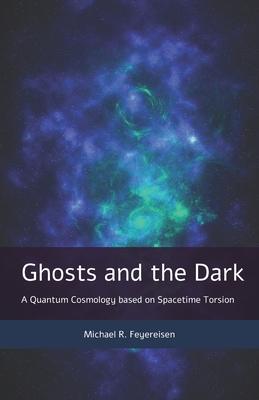The ΛCDM model of cosmology suggests that 95% of the universe is 'dark'. Quantum field theories rely on unphysical 'ghost' fields. The entirety of modern physics is supported by such ad hoc corrections. These allow predictions to agree extremely well with observation, despite trying to fit a theoretically square peg into a measurably round hole. This book explains how and why modern physics has squared this circle, and how these corrections can instead be derived from first principles.
It not only derives the 'dark universe', but also explains why the universe appears to expand. It not only explains why there are ghosts in Feynman diagrams but also why the universe appears to be quantum mechanical. Finally, it offers resolutions to the tensions that remain between ΛCDM and the observational data (disparity of cosmological and astrophysical measurements of the Hubble constant, ΛCDM 'small-scale crisis', need for inflationary fine-tuning, etc.).
Our model parsimoniously relies on only two ingredients. Firstly, it relies on a minor and conservative generalization of General Relativity, Einstein-Cartan theory. This theory is not new, but its popularity is restricted to a few specialists in mathematical physics. The first half of the book is devoted to presenting and motivating this theory to a broader audience, assumed to be familiar only with General Relativity.
Secondly, it relies on a novel conceptualization of Einstein's Equivalence Principle. For Einstein, an observer who uses classical mechanics instead of recognizing curvature in General Relativity would observe an inertial gravitational force. The second half of this book considers the frame-of-reference artifacts a local observer would succumb to, if they use General Relativity instead of recognizing torsion in Einstein-Cartan theory. These frame-of-reference artifacts include the titular gauge ghosts and dark universe, and explain the aforementioned experimental tensions.
